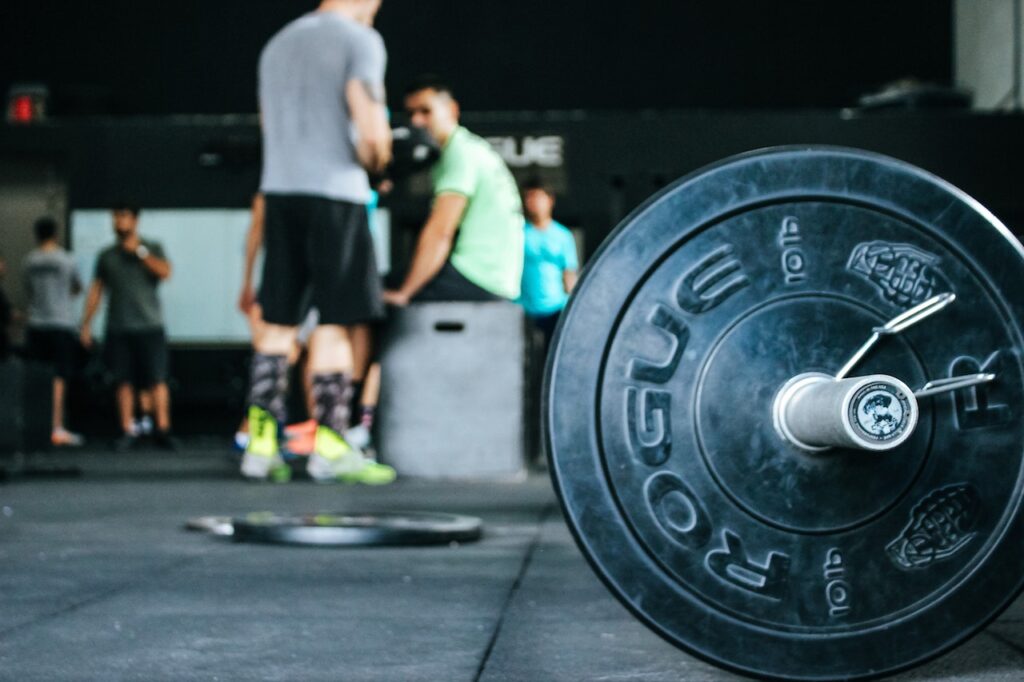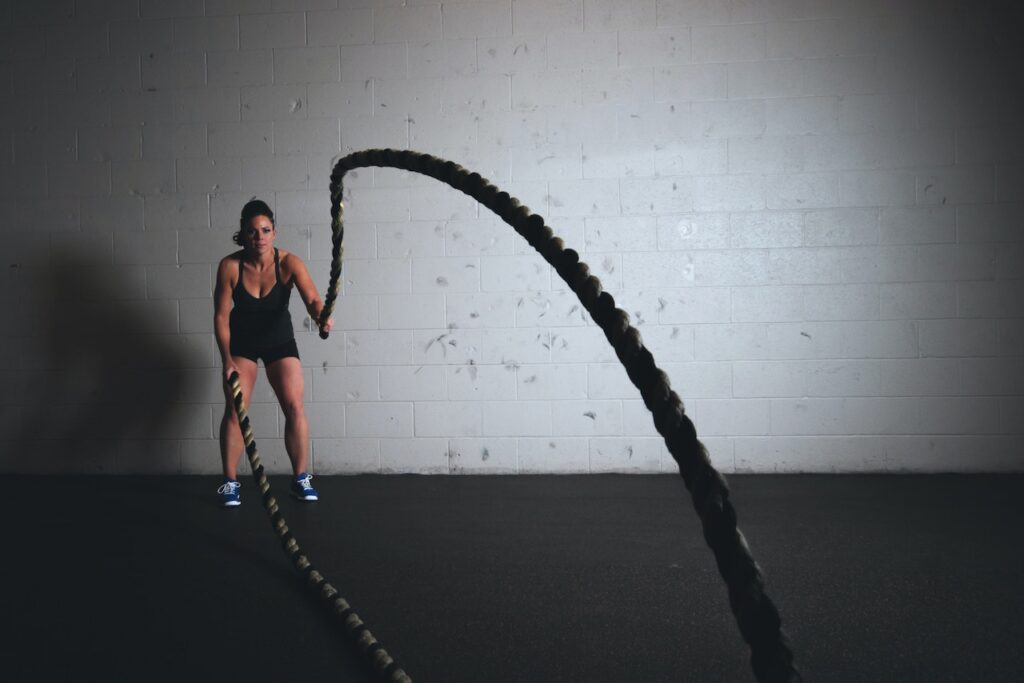Understanding Overtraining: What Is It?
Overtraining, often referred to as burnout or chronic fatigue, occurs when you exceed your body’s ability to recover from strenuous exercise. It’s the result of an imbalance between training and recovery, exertion and rest. The concept is quite simple: you’re demanding too much from your body and not providing it with enough time to recuperate.
Physiologically, overtraining can lead to hormonal disruptions, weakened immune system, decreased bone density, and even increased risk of injuries. It can also negatively impact your performance, resulting in a plateau or decline in your fitness level, increased fatigue, and decreased motivation to exercise.

Signs and Symptoms of Overtraining
The signs and symptoms of overtraining can be both physical and psychological. Physically, you might experience persistent muscle soreness, increased frequency of injuries, changes in heart rate, and declines in performance. Psychological signs can include mood swings, irritability, depression, and lack of concentration.
Recognizing these signs early is crucial. Ignoring your body’s signals can lead to serious health issues and a significant setback in your fitness journey.
The Role of Rest and Recovery in Preventing Overtraining
Rest and recovery are just as important as the workouts themselves. They are the times when your body heals, adapts, and gets stronger. Incorporating adequate rest days and utilizing techniques for active recovery, such as light cardio or stretching, can greatly contribute to preventing overtraining.
Sleep, too, plays a pivotal role in recovery. It’s during deep sleep that your body repairs muscle tissue and replenishes energy stores. Ensuring a sufficient and quality sleep cycle is an essential step in avoiding overtraining and improving overall workout performance.
Nutrition and Hydration: Key to Avoid Overtraining
Alongside rest, nutrition and hydration also play a vital role in preventing overtraining. What we feed our bodies directly impacts our energy levels, recovery rate, and overall fitness. Consuming a balanced diet rich in proteins, healthy fats, and complex carbohydrates can fuel workouts and aid in muscle recovery. Additionally, hydration is crucial for optimal bodily functions, including muscle contraction and joint lubrication.
There’s no one-size-fits-all approach to nutrition for fitness and weight management, but some general tips include:
- Eat a protein-rich meal or snack post-workout to aid muscle recovery
- Stay hydrated before, during, and after workouts
- Include a variety of fruits and vegetables for a wide range of vitamins and minerals
- Balance your meals with appropriate portions of protein, fats, and carbohydrates

How to Structure Your Workout Routine to Avoid Overtraining
Designing a balanced workout routine is another effective strategy to prevent overtraining. Rather than focusing on the same muscle groups or doing high-intensity workouts daily, diversify your routine with different forms of exercise, like strength training, cardio exercises, and flexibility work.
One proven method to structure your workouts and avoid overtraining is periodization. It involves varying your training schedule and intensity over time to allow for recovery while still making progressive gains. By integrating light, moderate, and high-intensity training periods, you can optimize your performance and recovery.
Struggling with consistency? Read our tips on staying motivated.
Listening to Your Body: Your Best Tool to Avoid Overtraining
Your body will tell you when it’s being pushed too hard or when it needs a break. If you’re constantly feeling fatigued, lacking motivation, or experiencing unusual aches and pains, it might be time to reassess your training regimen.
Learning to differentiate between the discomfort of a good workout and the pain signaling potential harm is key. Implement rest days, adjust your workout intensity, or consider seeking advice from fitness professionals if needed.

Conclusion
In conclusion, overtraining is a real concern for anyone committed to their fitness journey. It’s crucial to recognize its signs, understand its impacts, and take necessary steps to prevent it. By ensuring proper rest and recovery, maintaining a balanced diet, structuring your workouts wisely, and listening to your body, you can avoid overtraining and stay on a safe and productive path towards your fitness goals.
So, go ahead and put these tips into action. Remember, the goal is not only about getting stronger or faster but also about maintaining overall health and balance. Here’s to achieving your fitness goals in a healthy, sustainable way!
